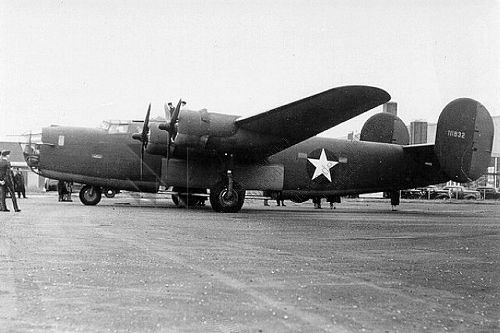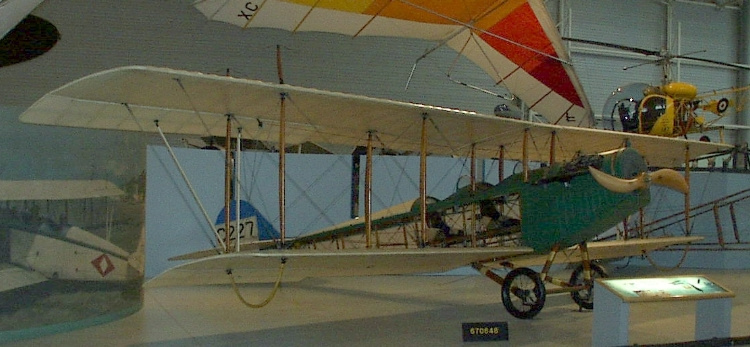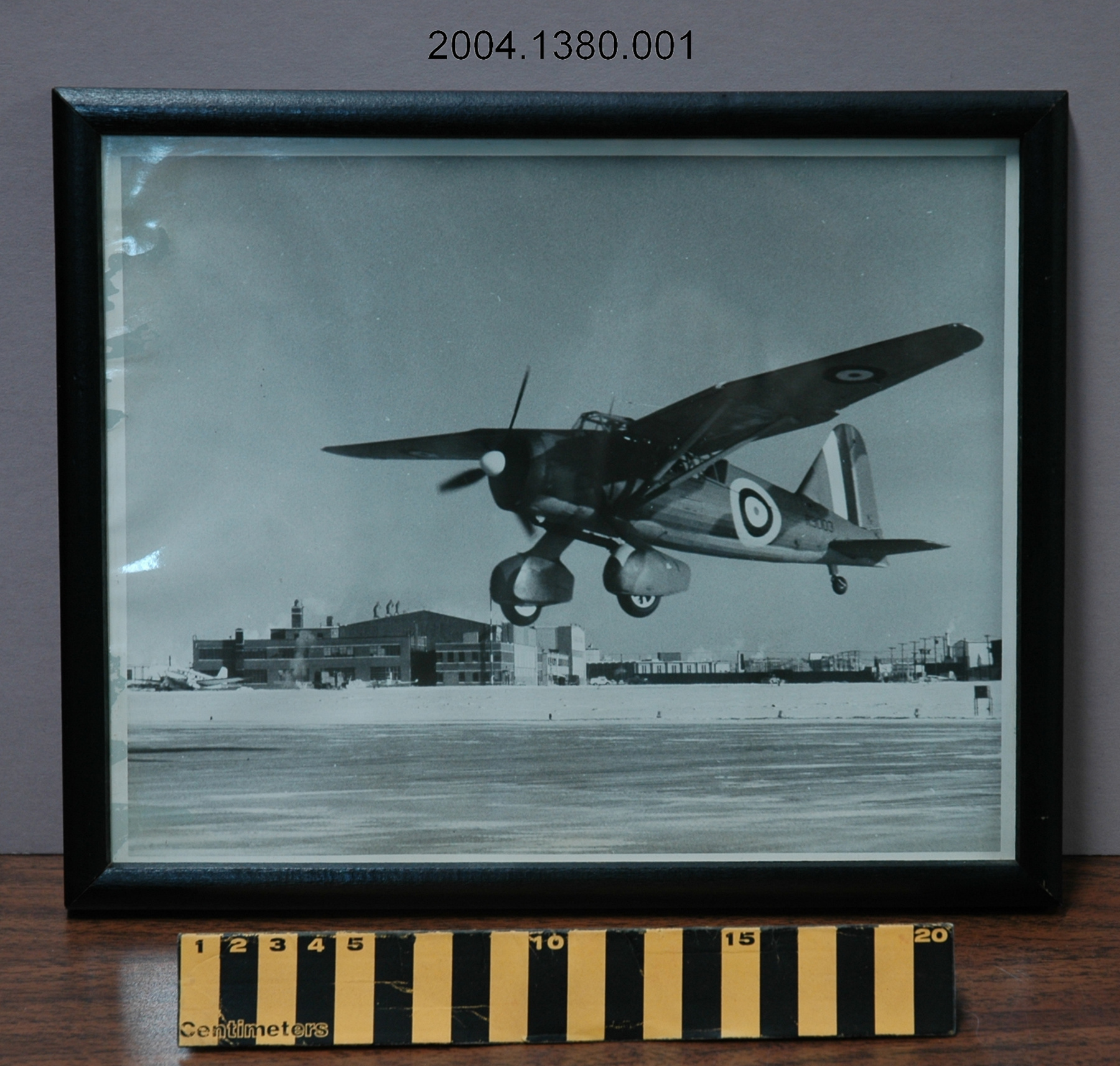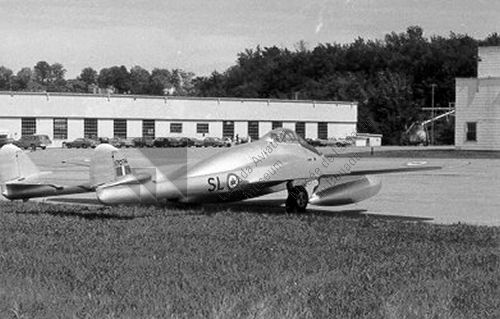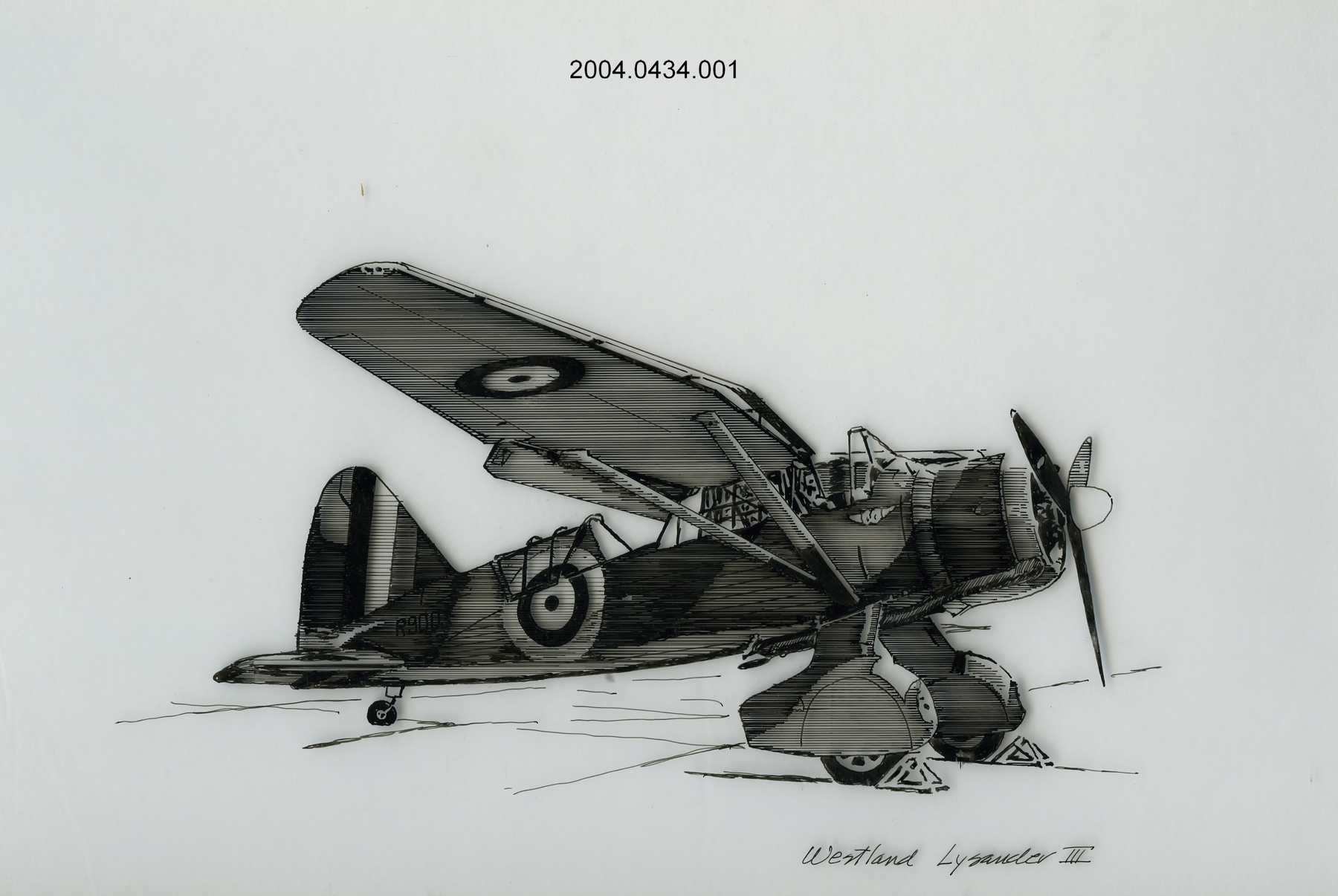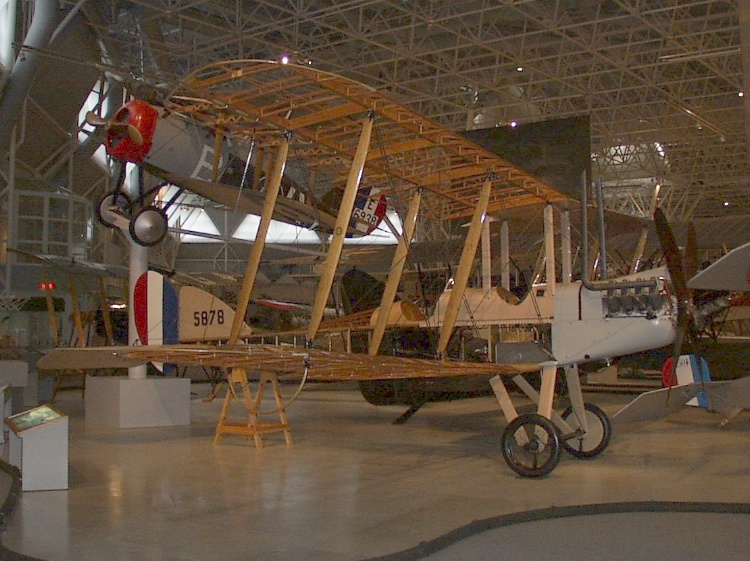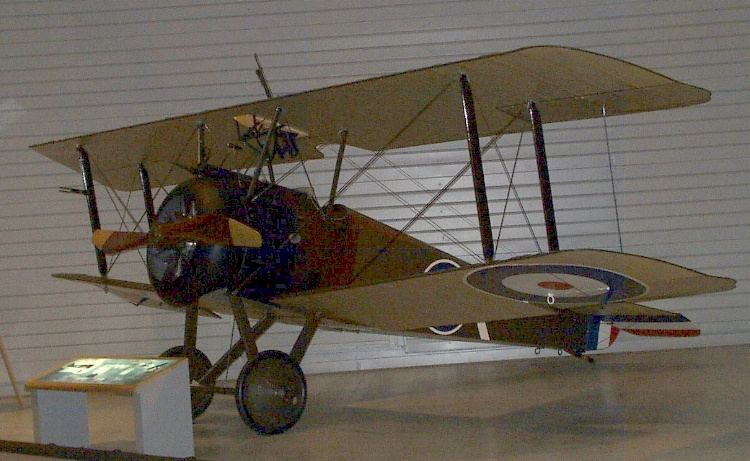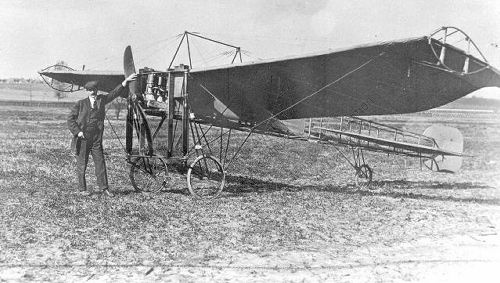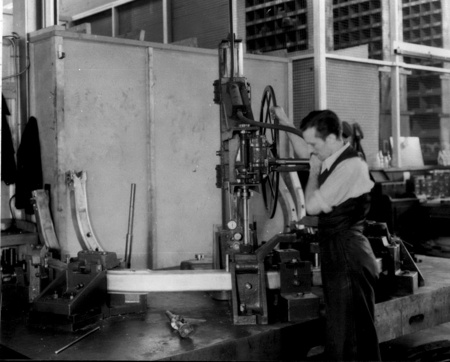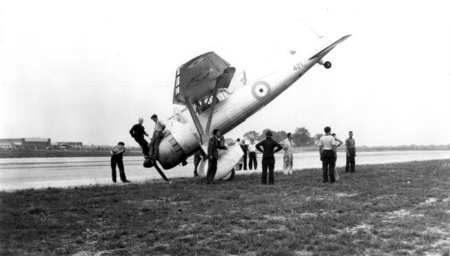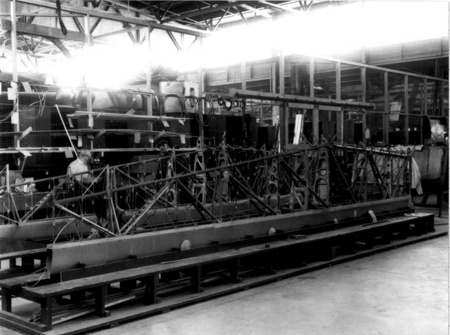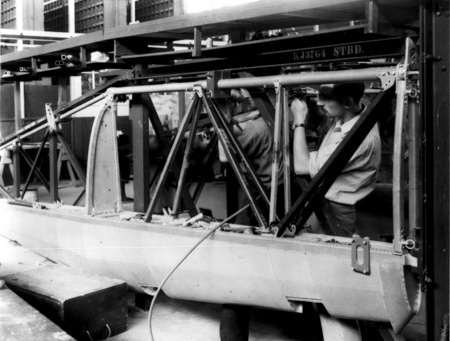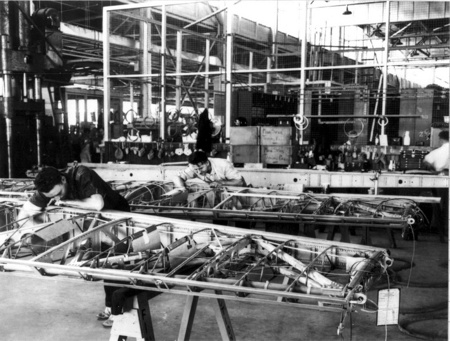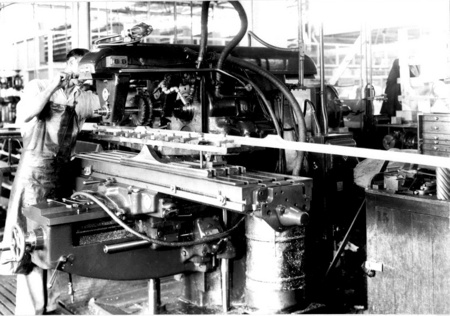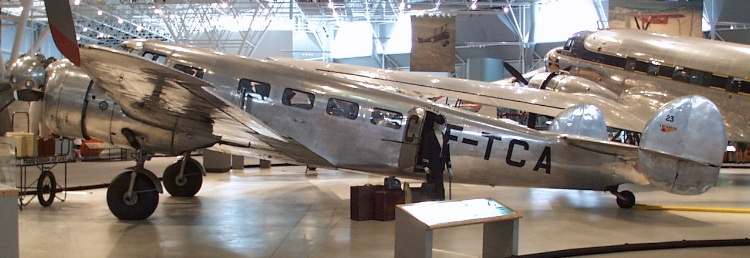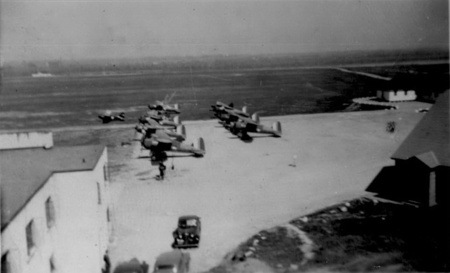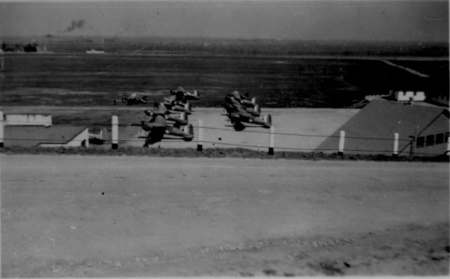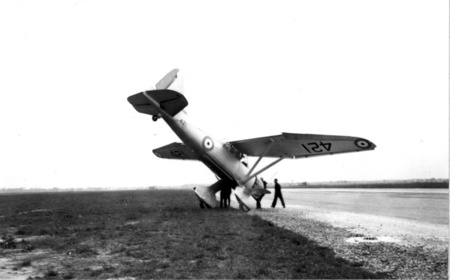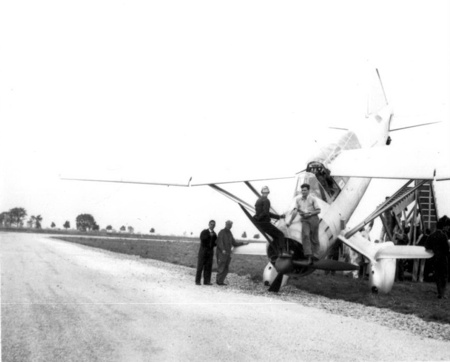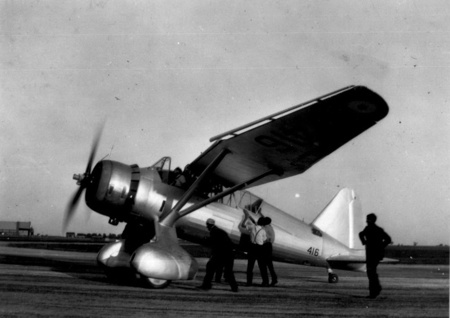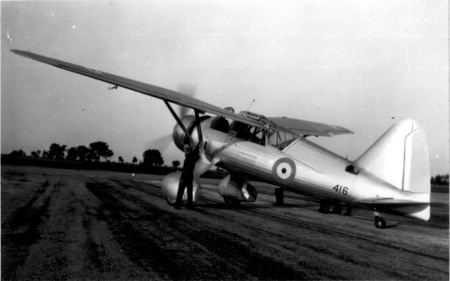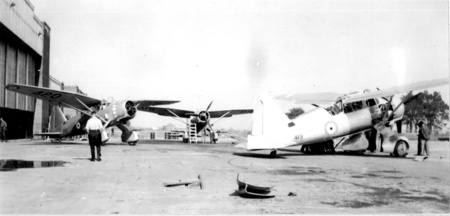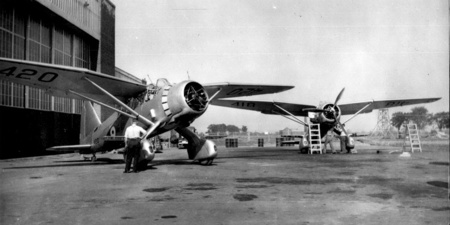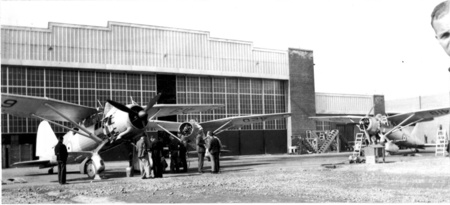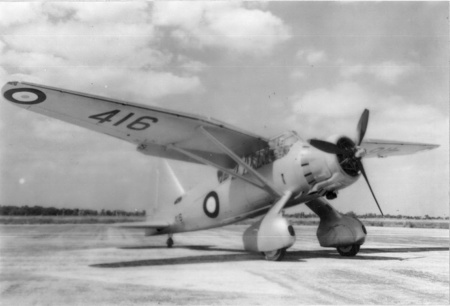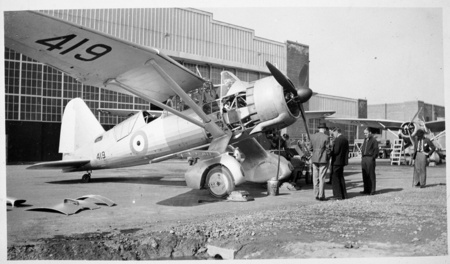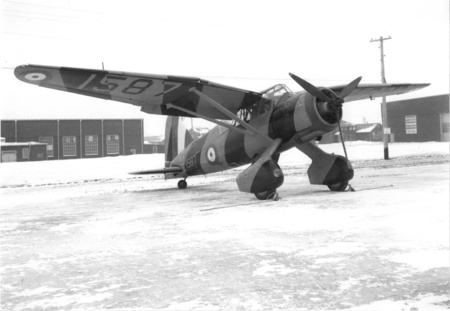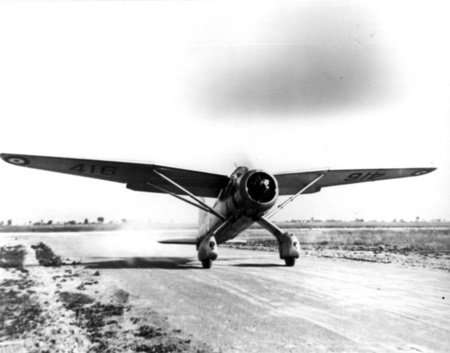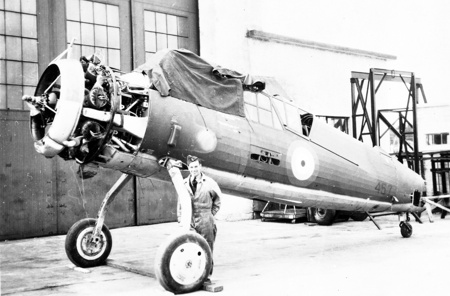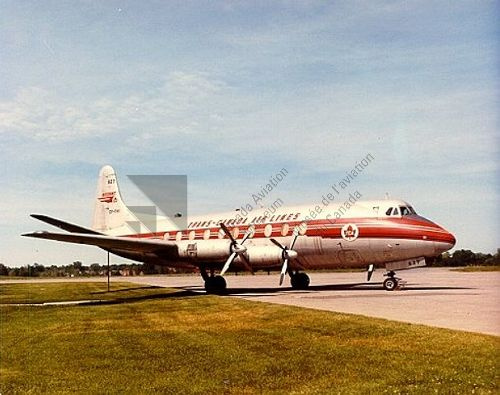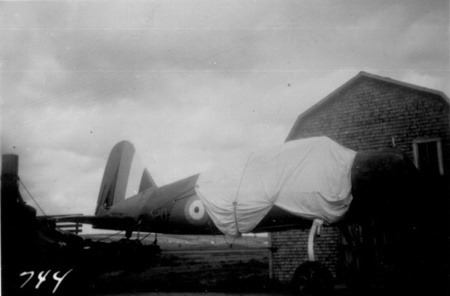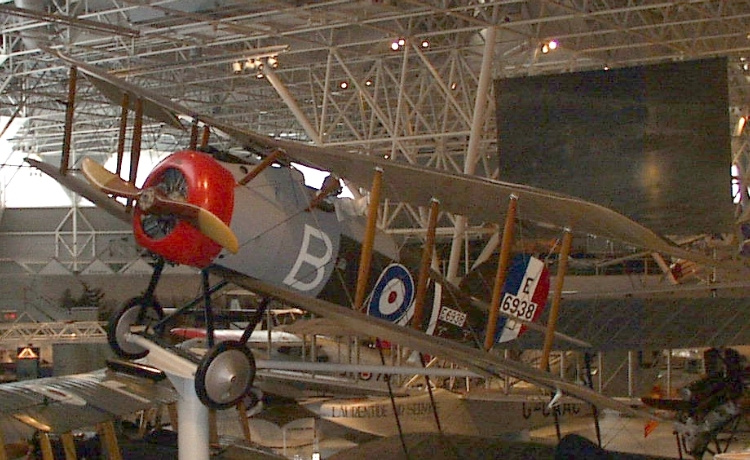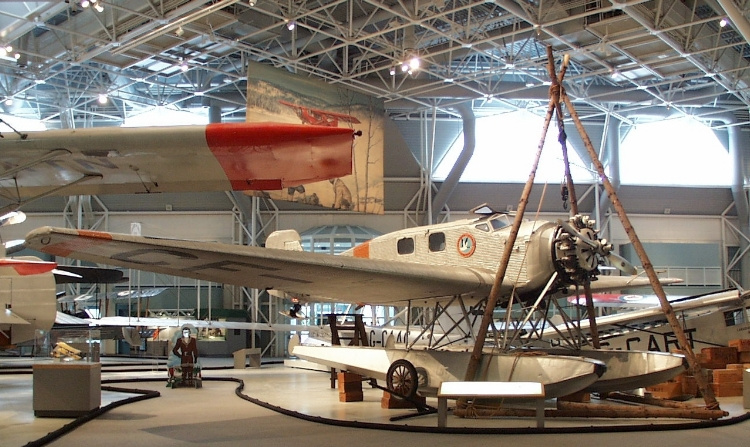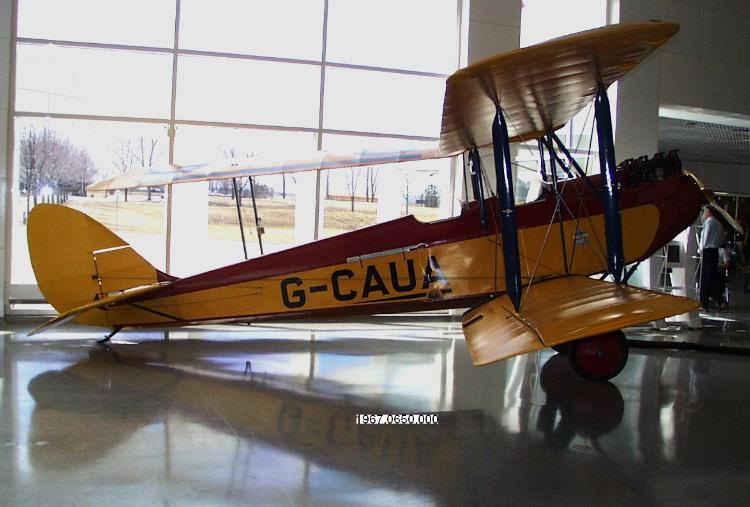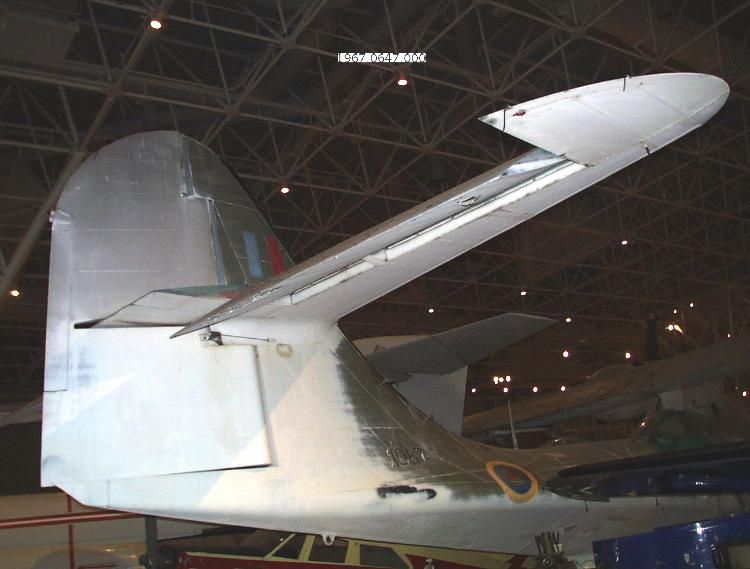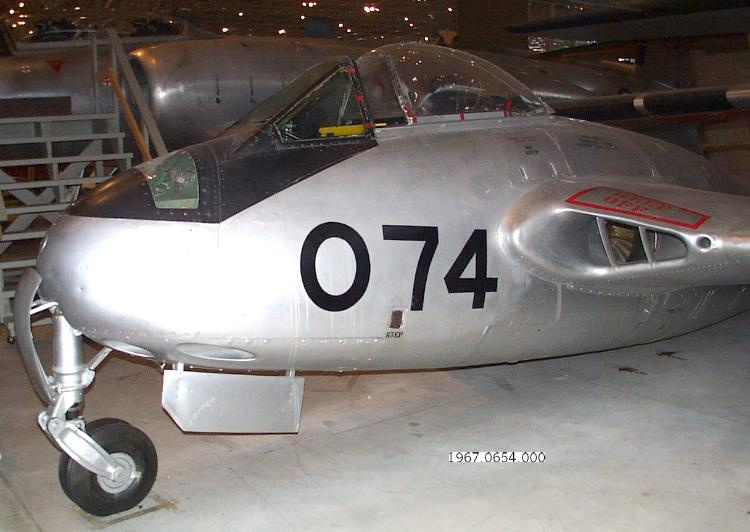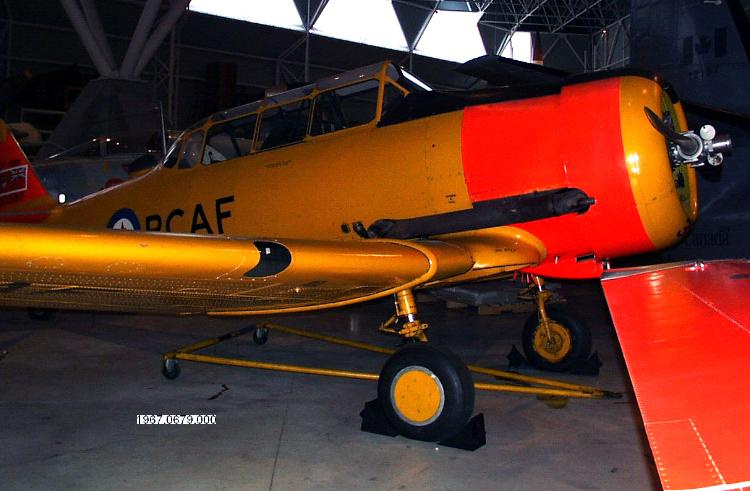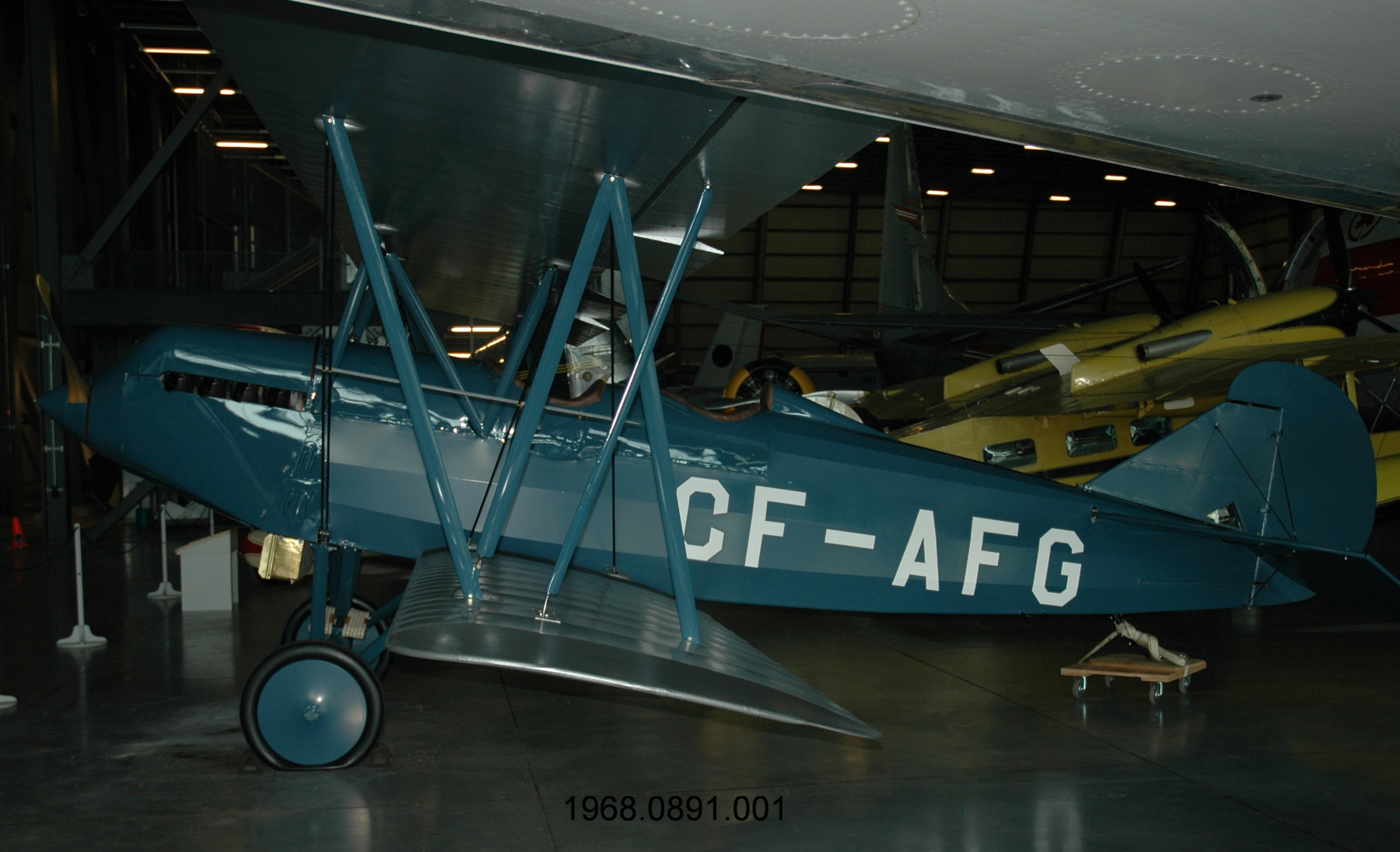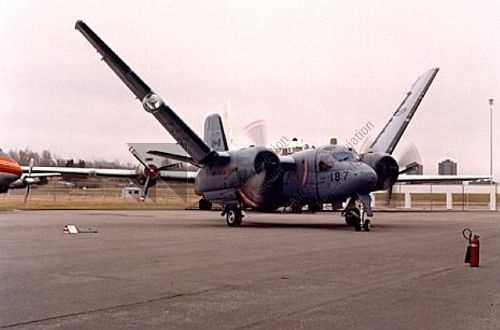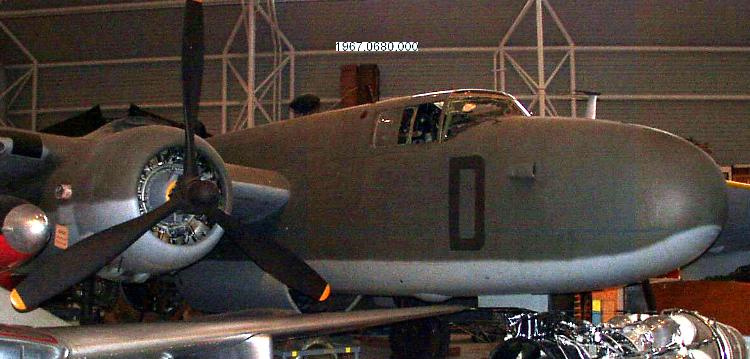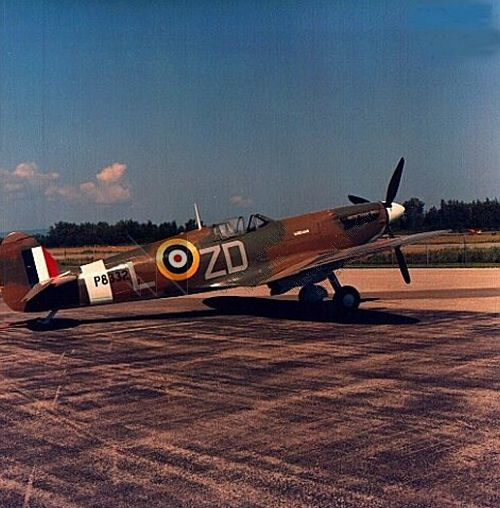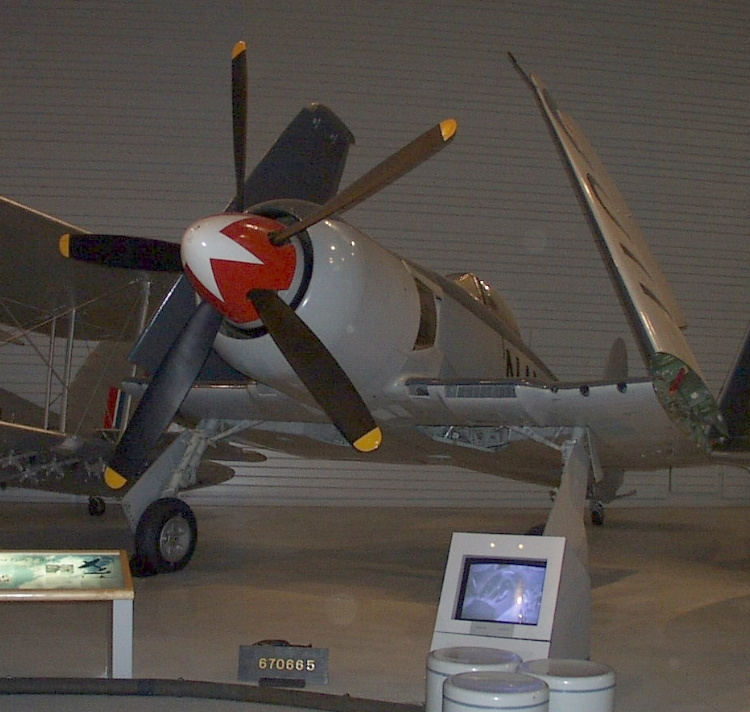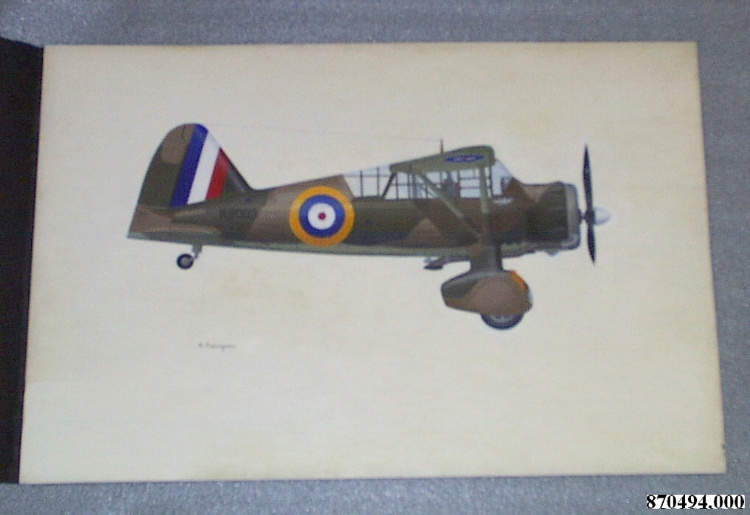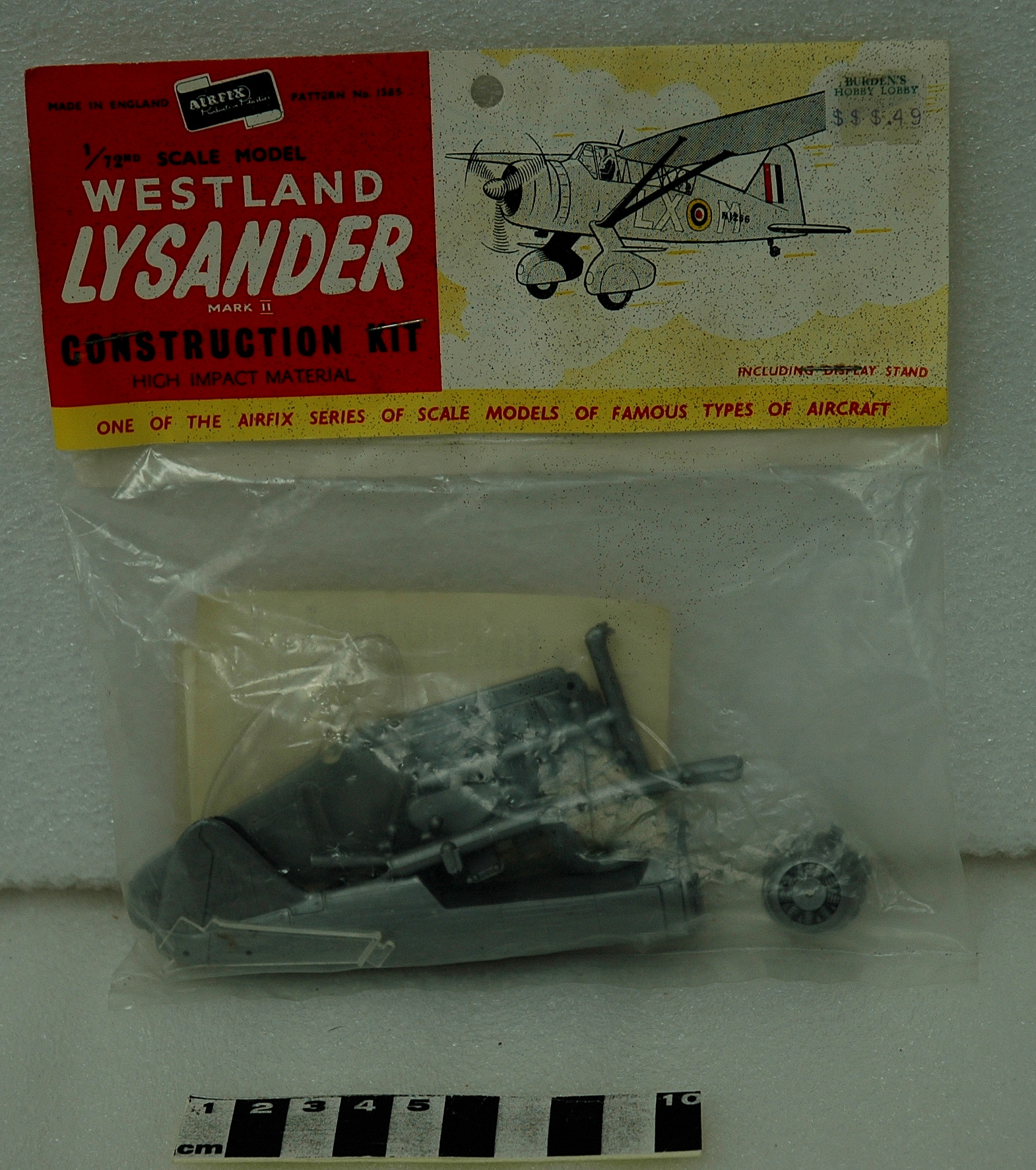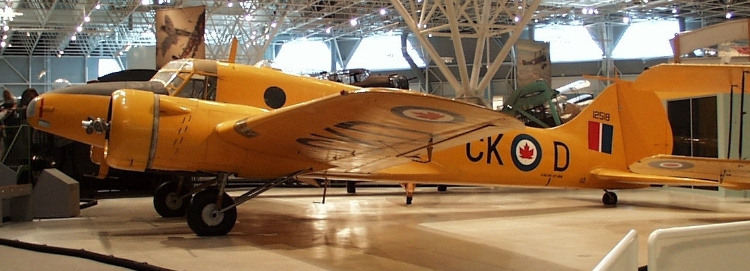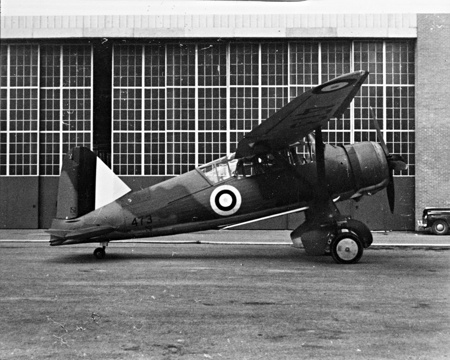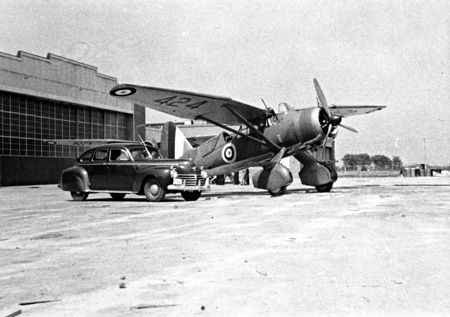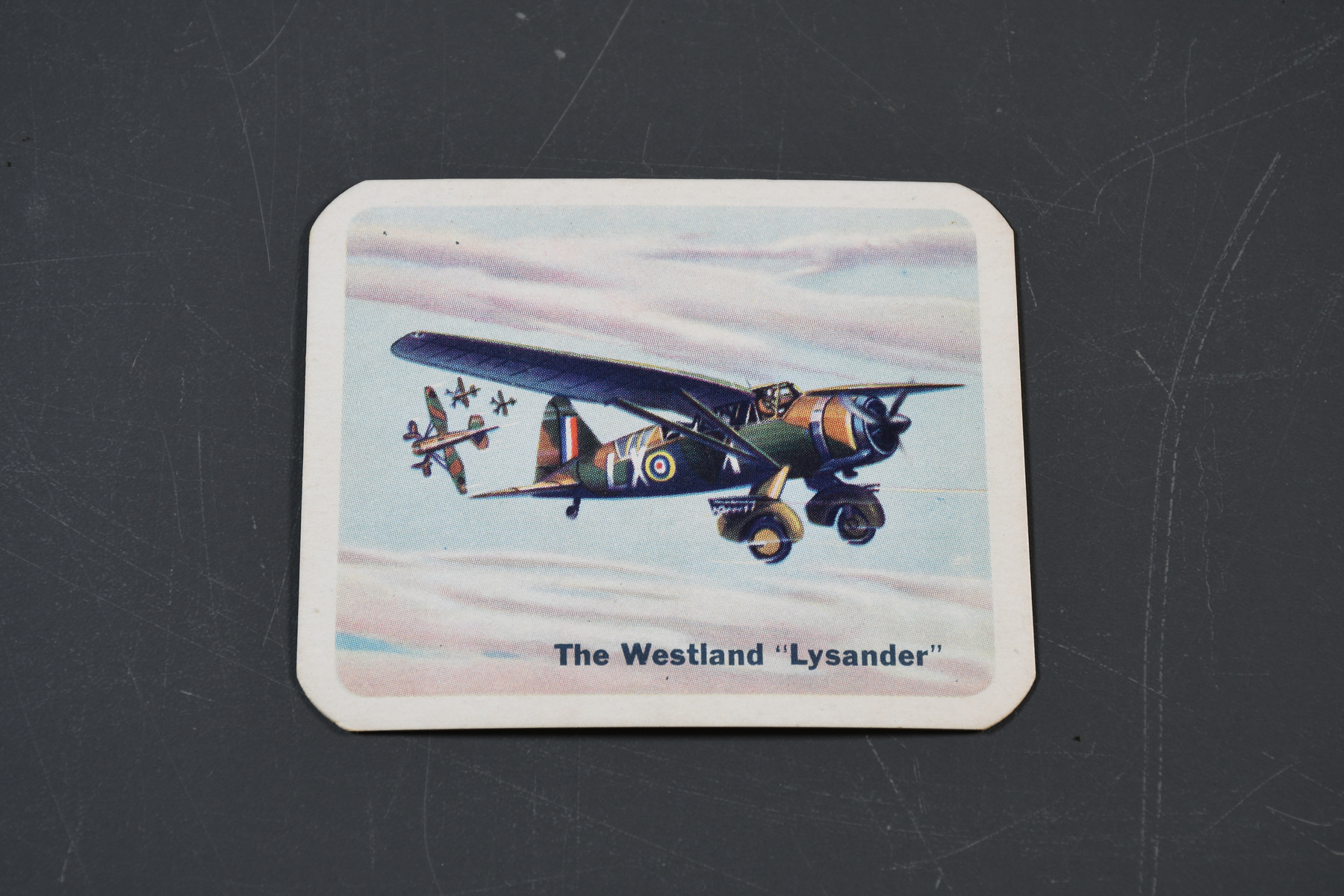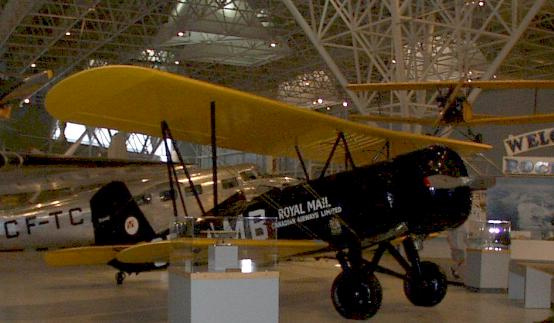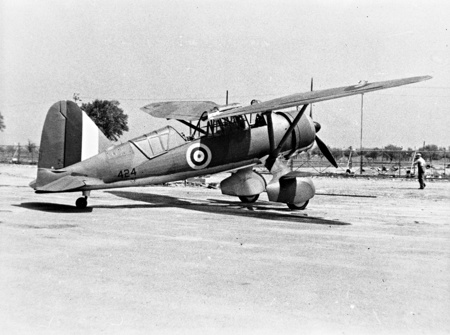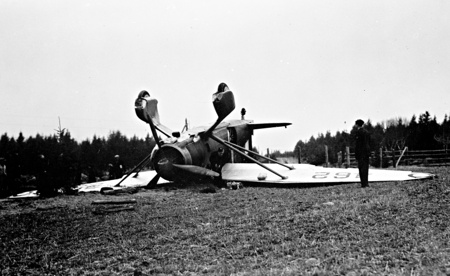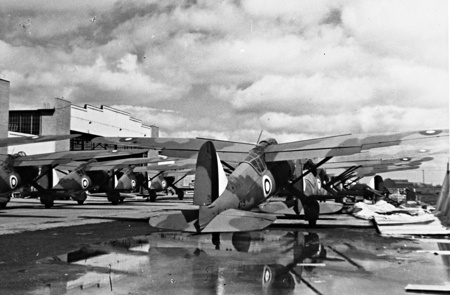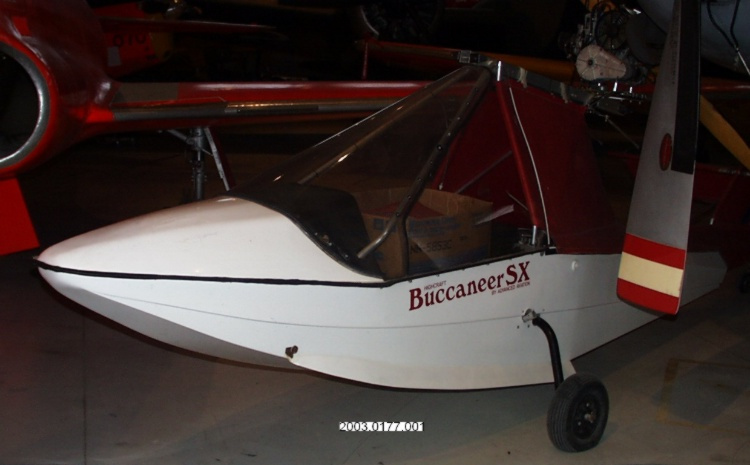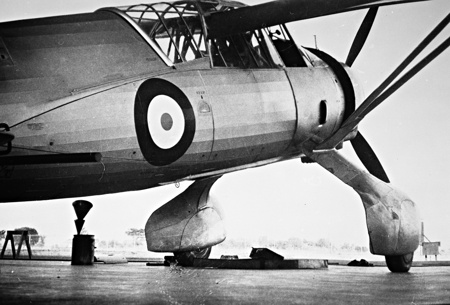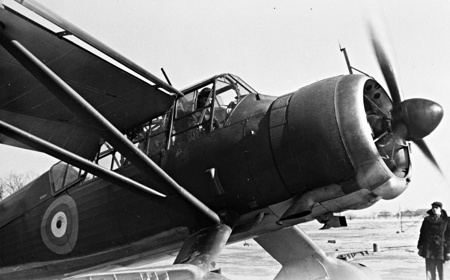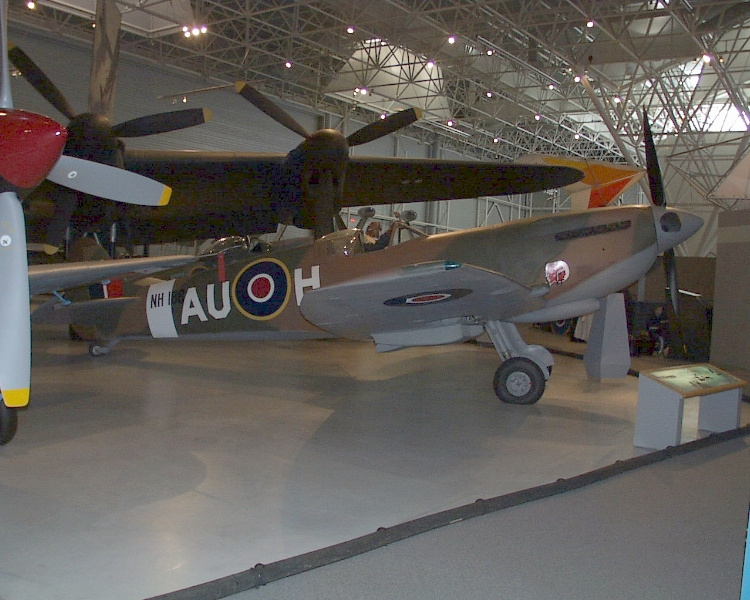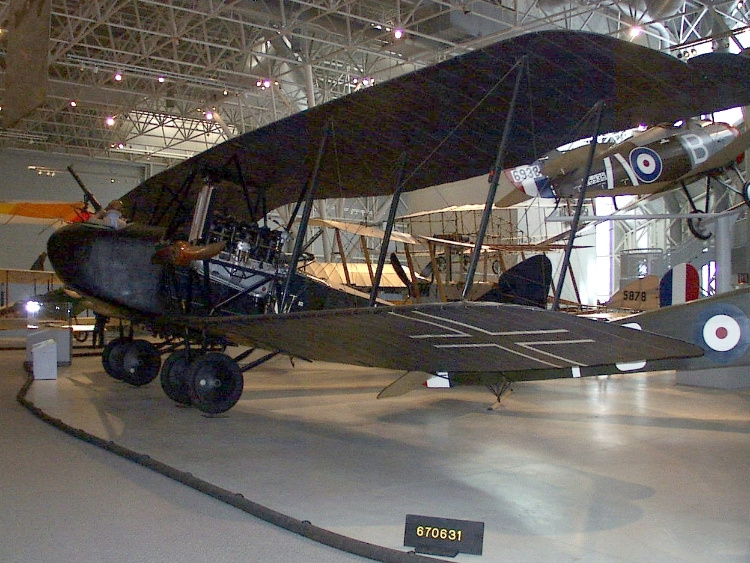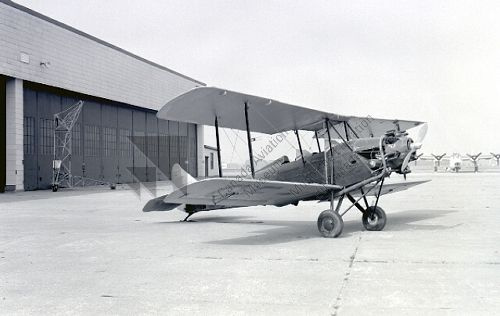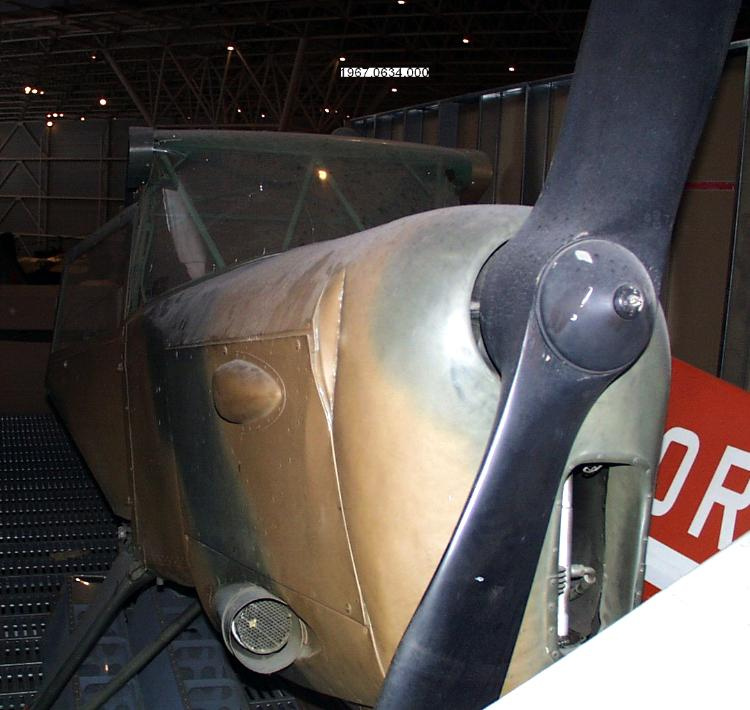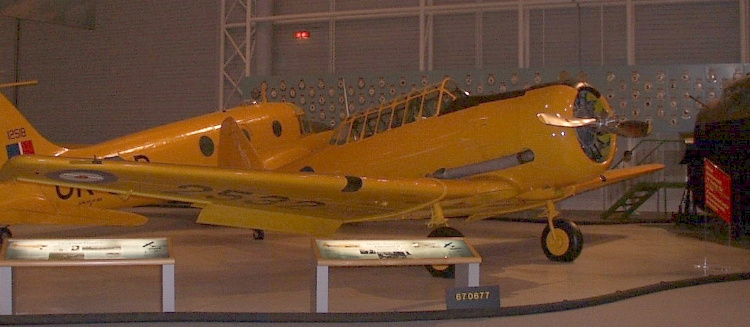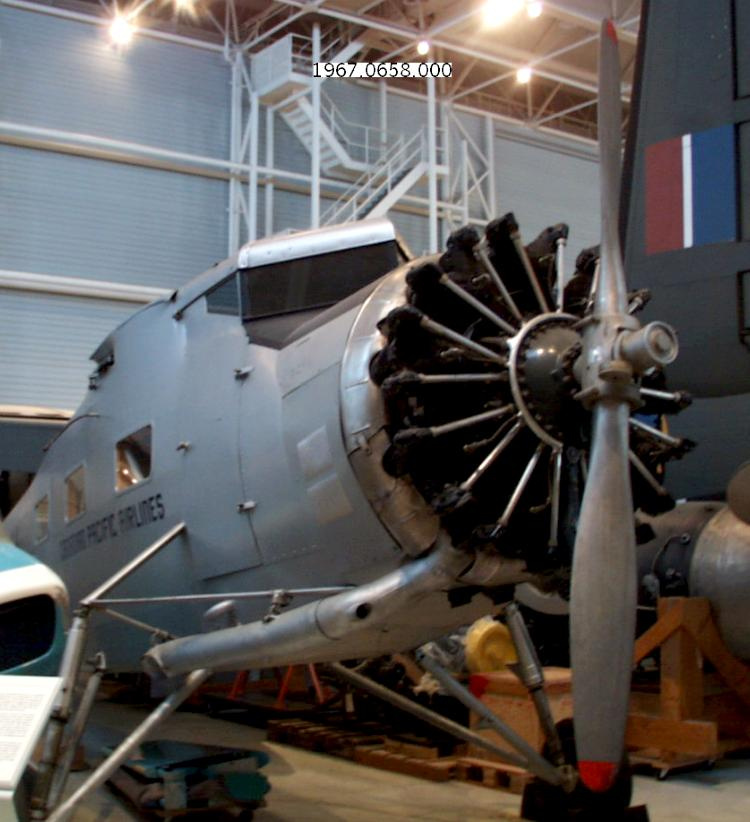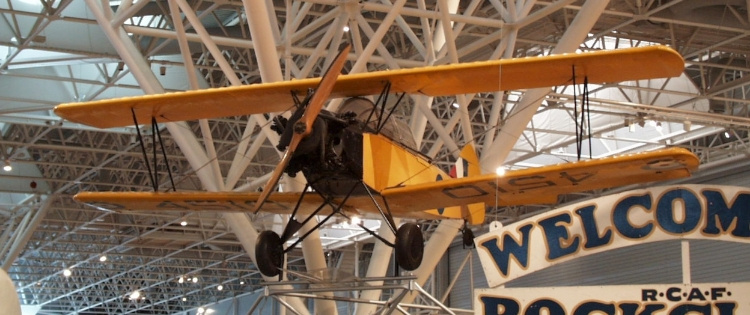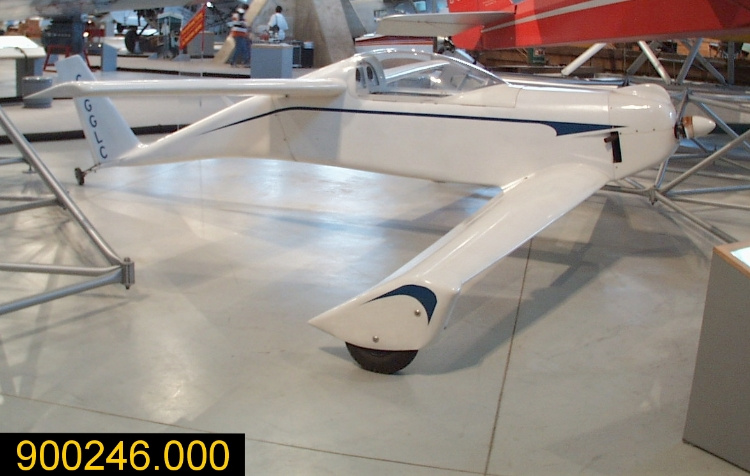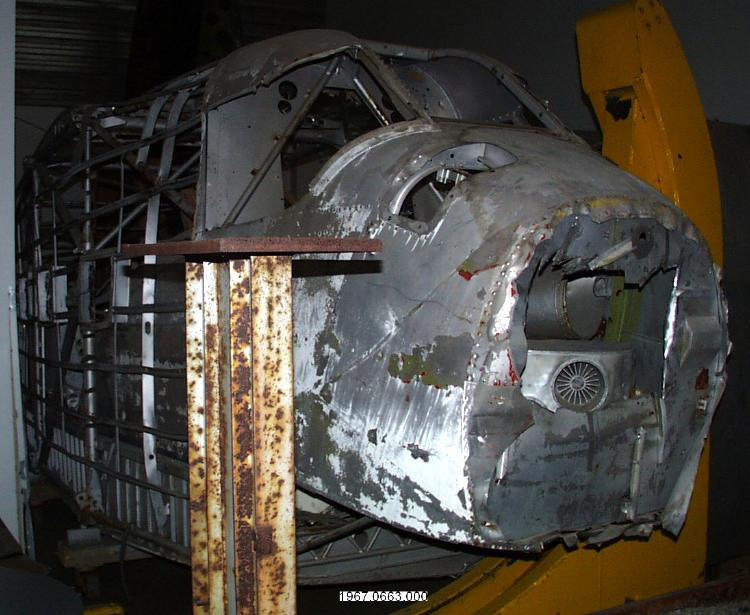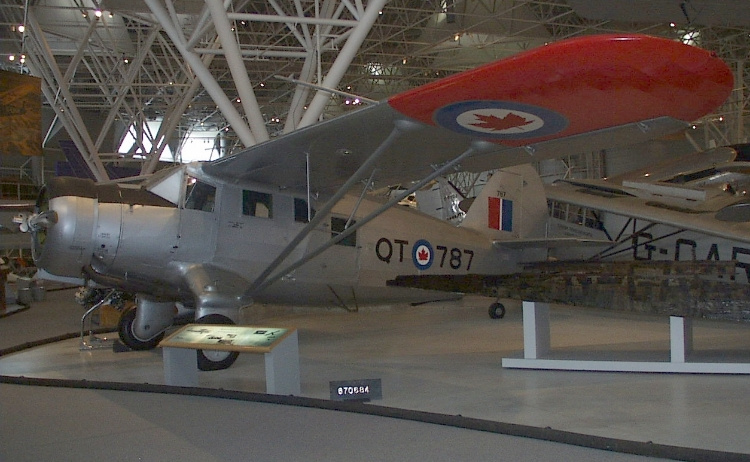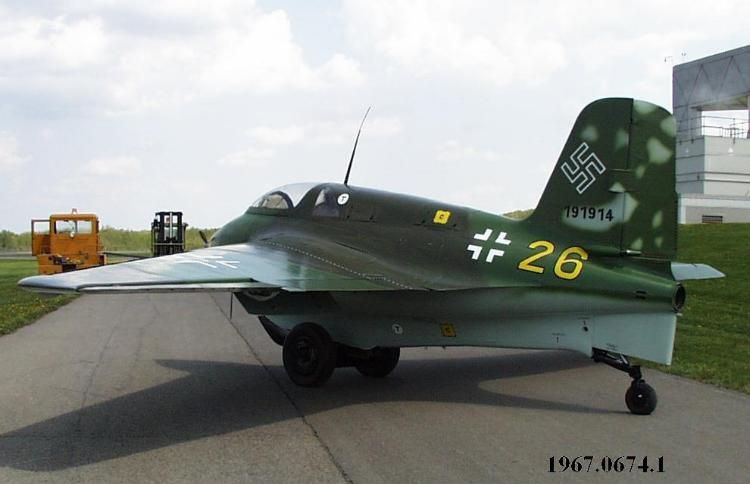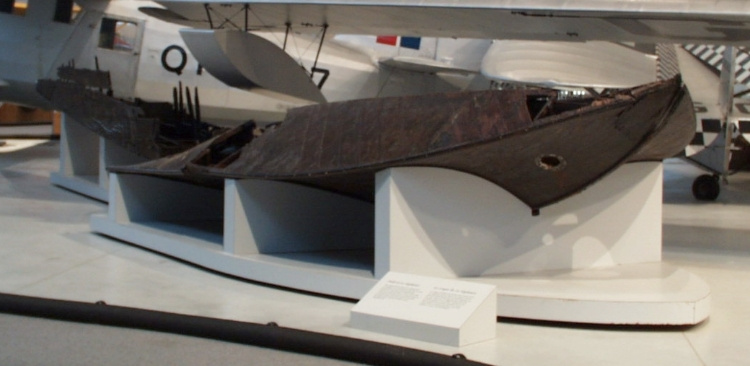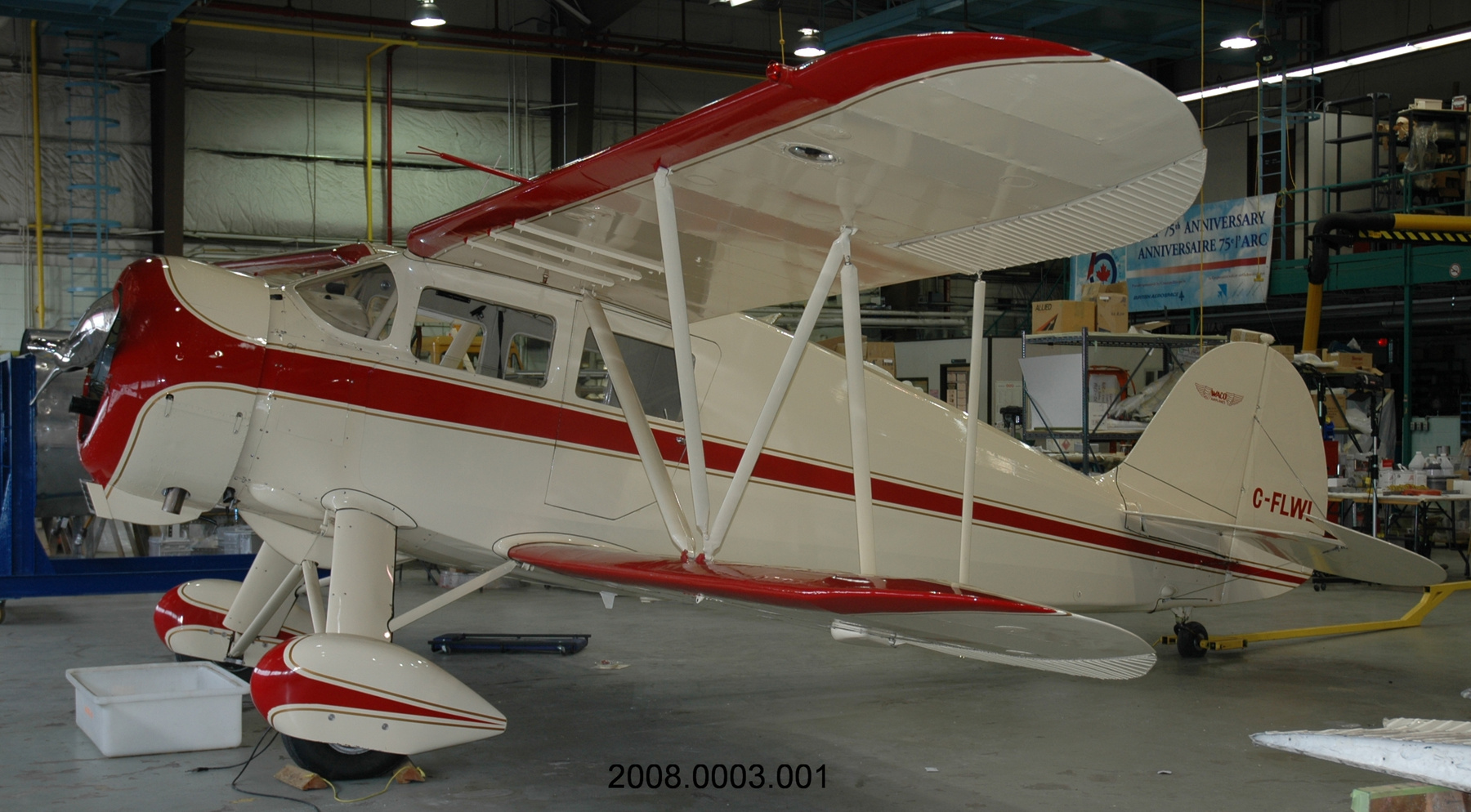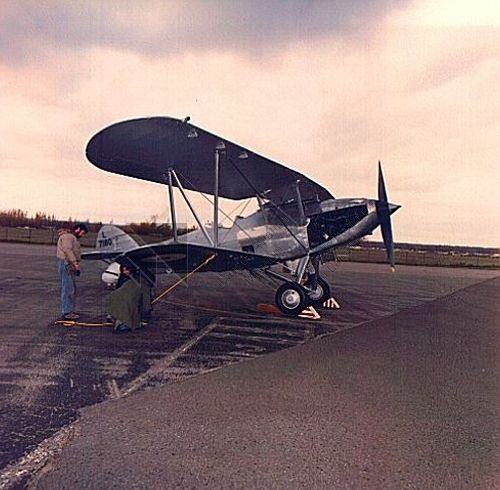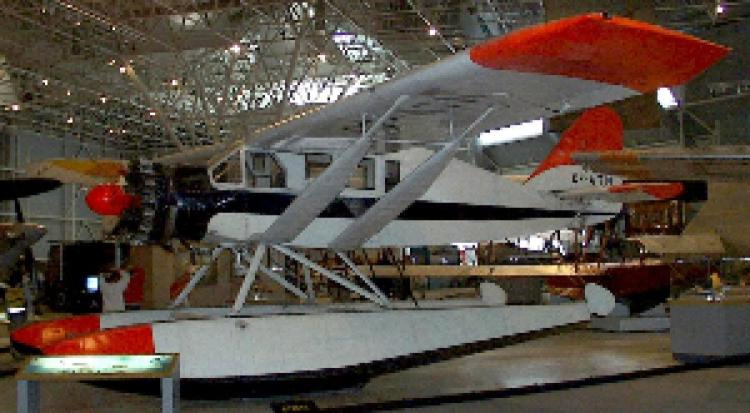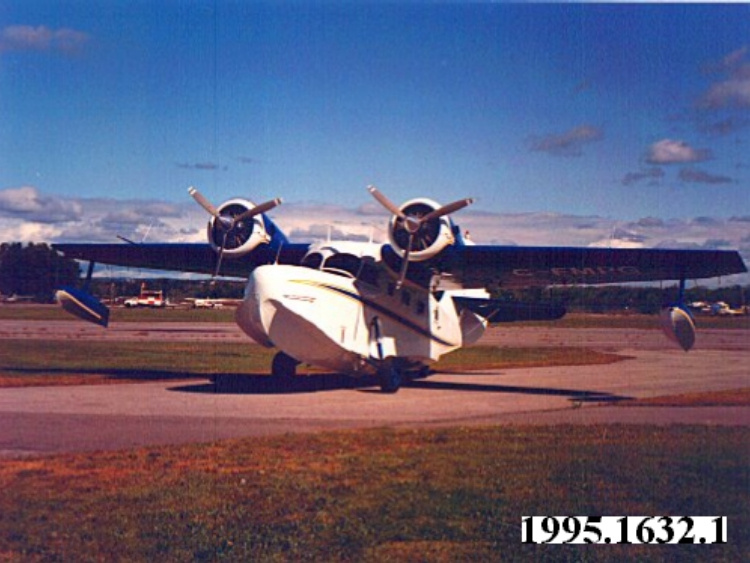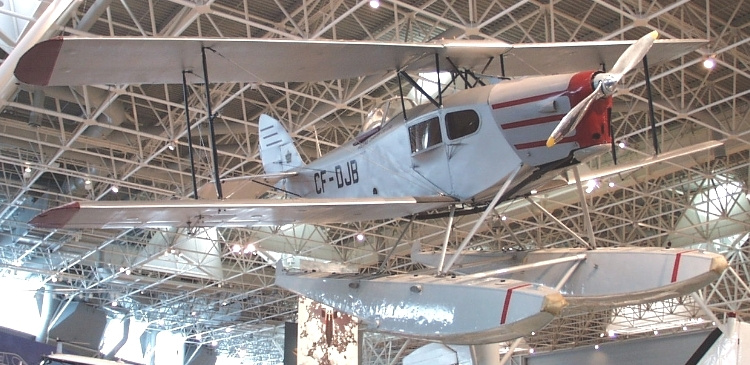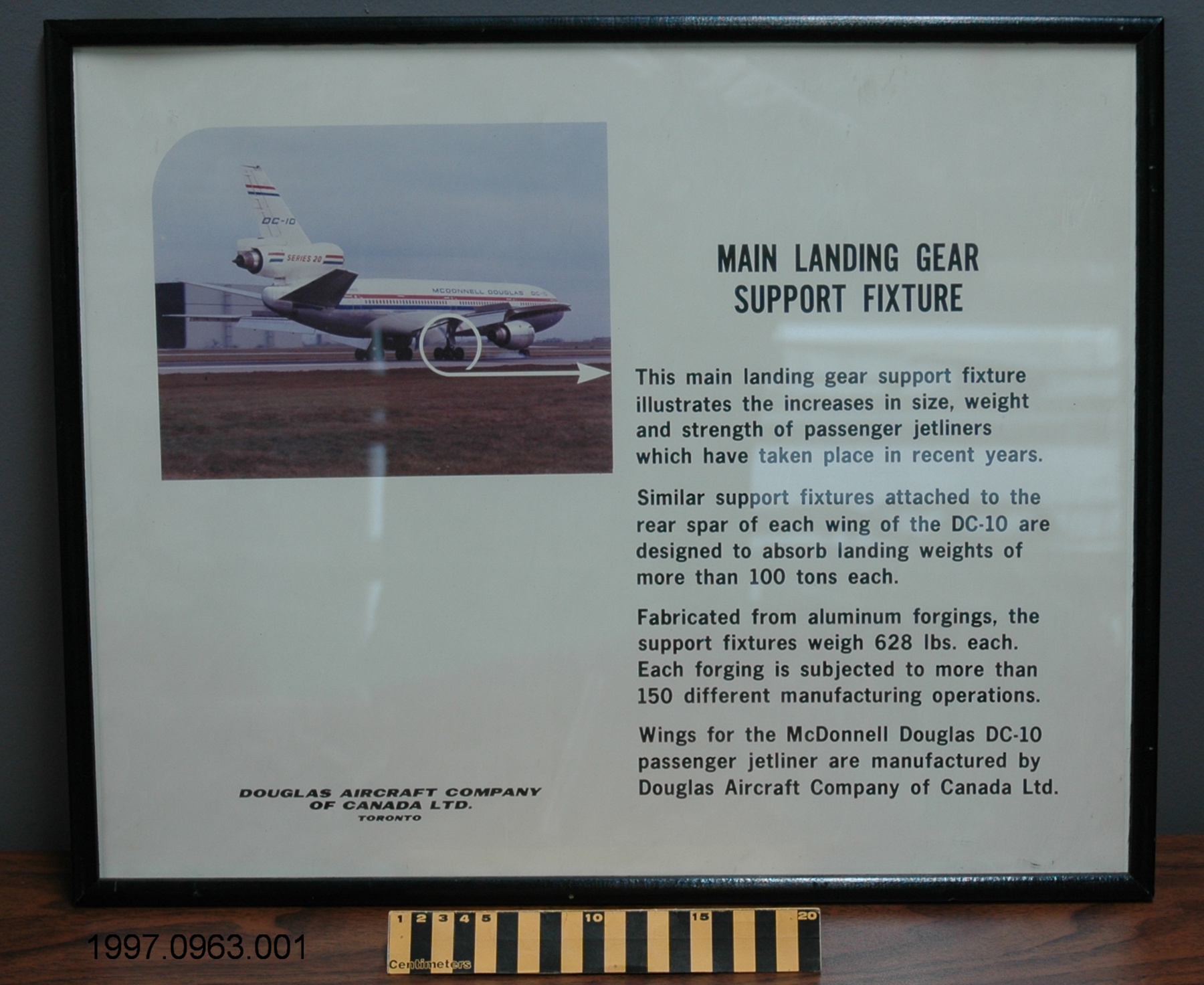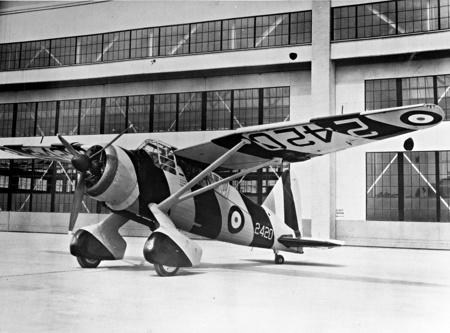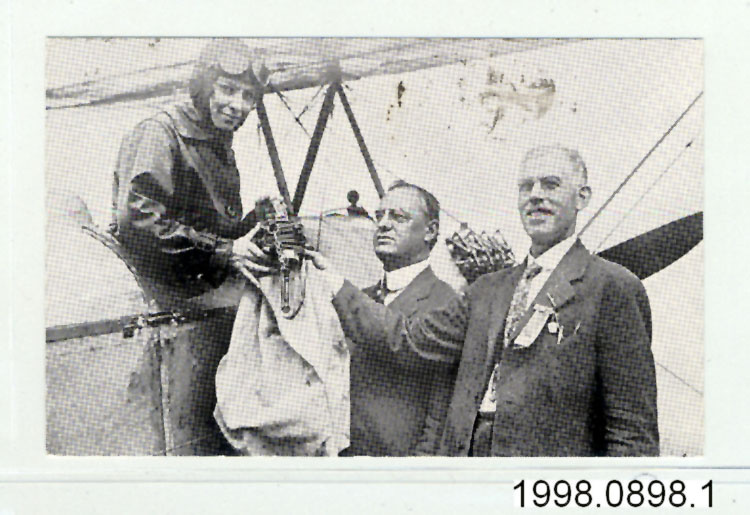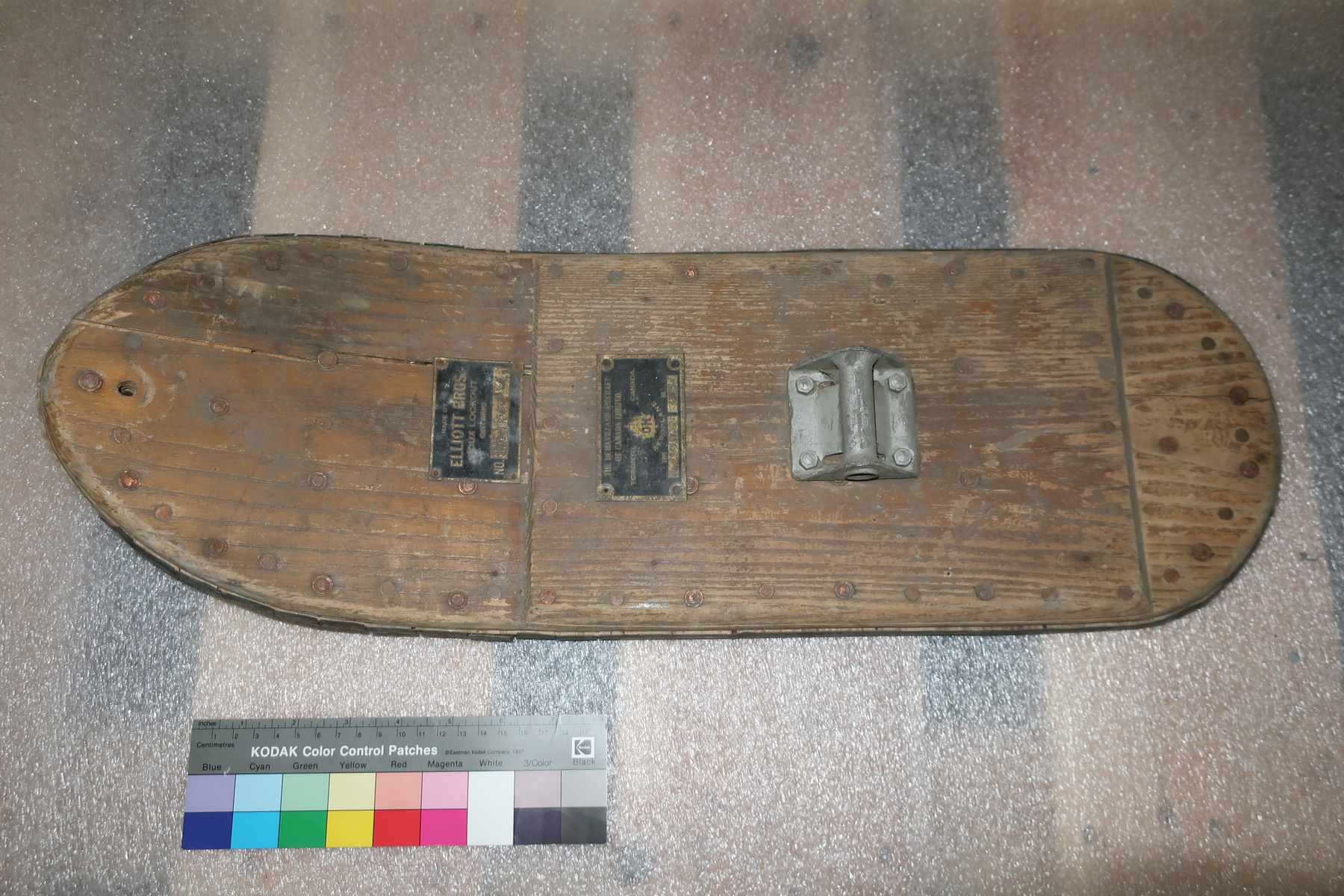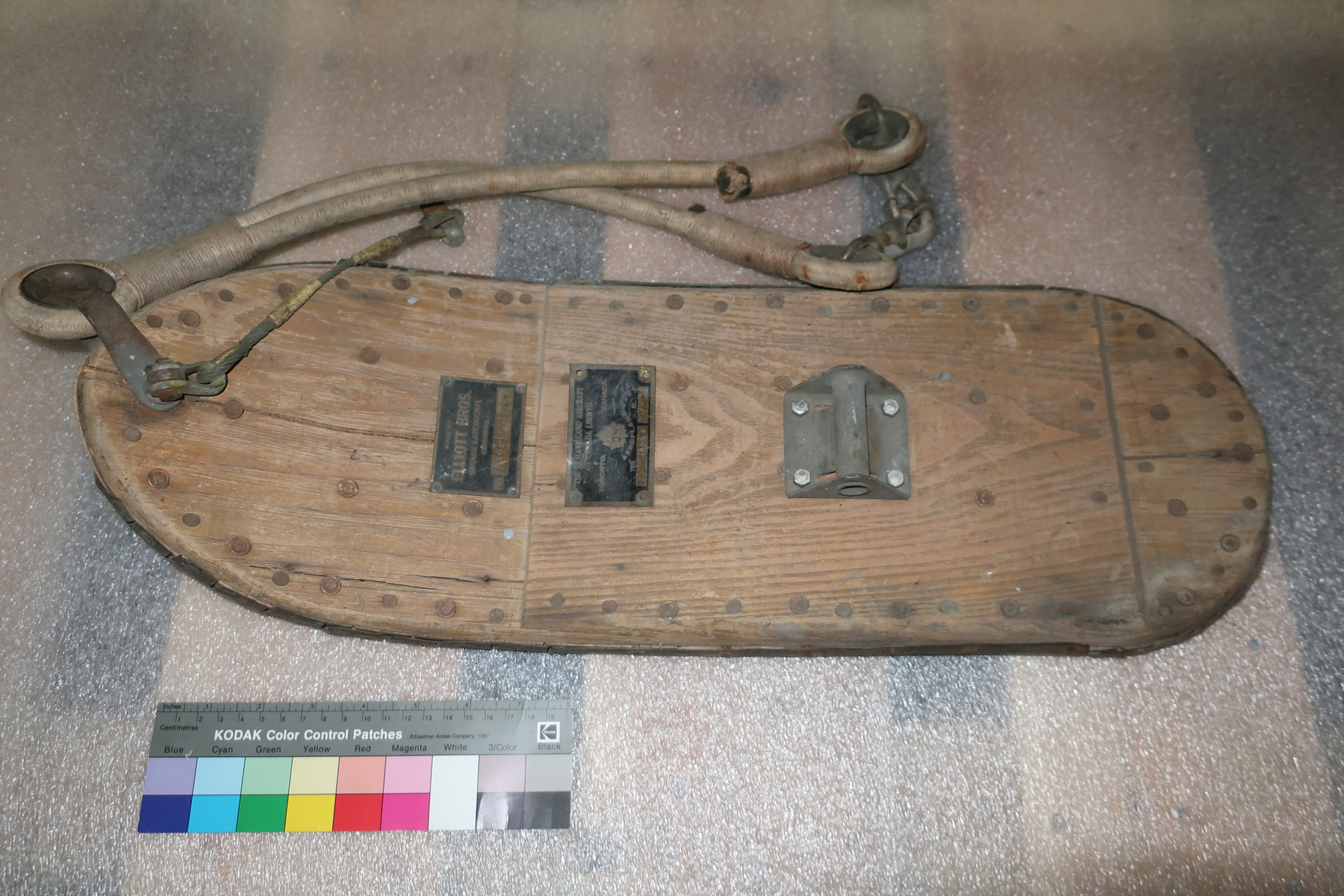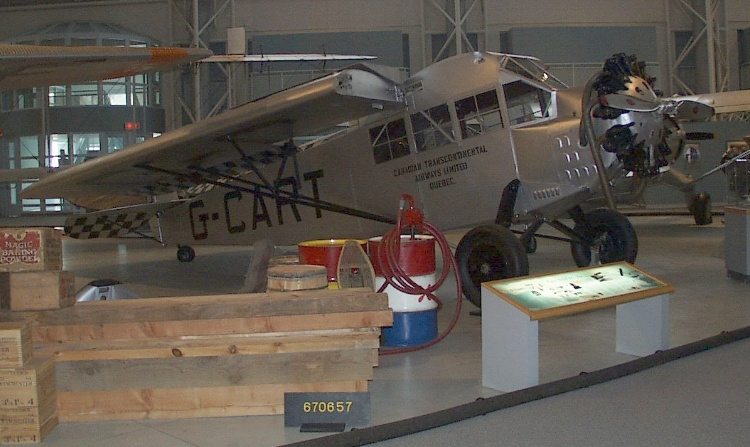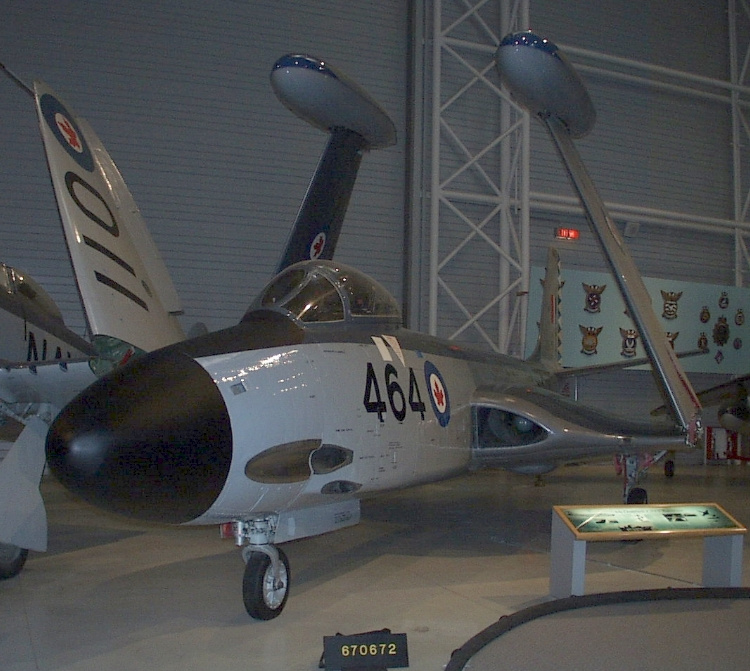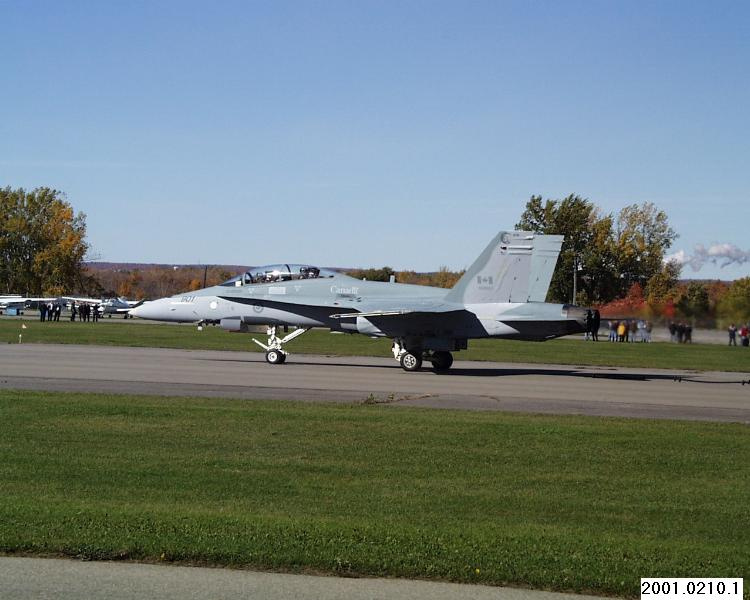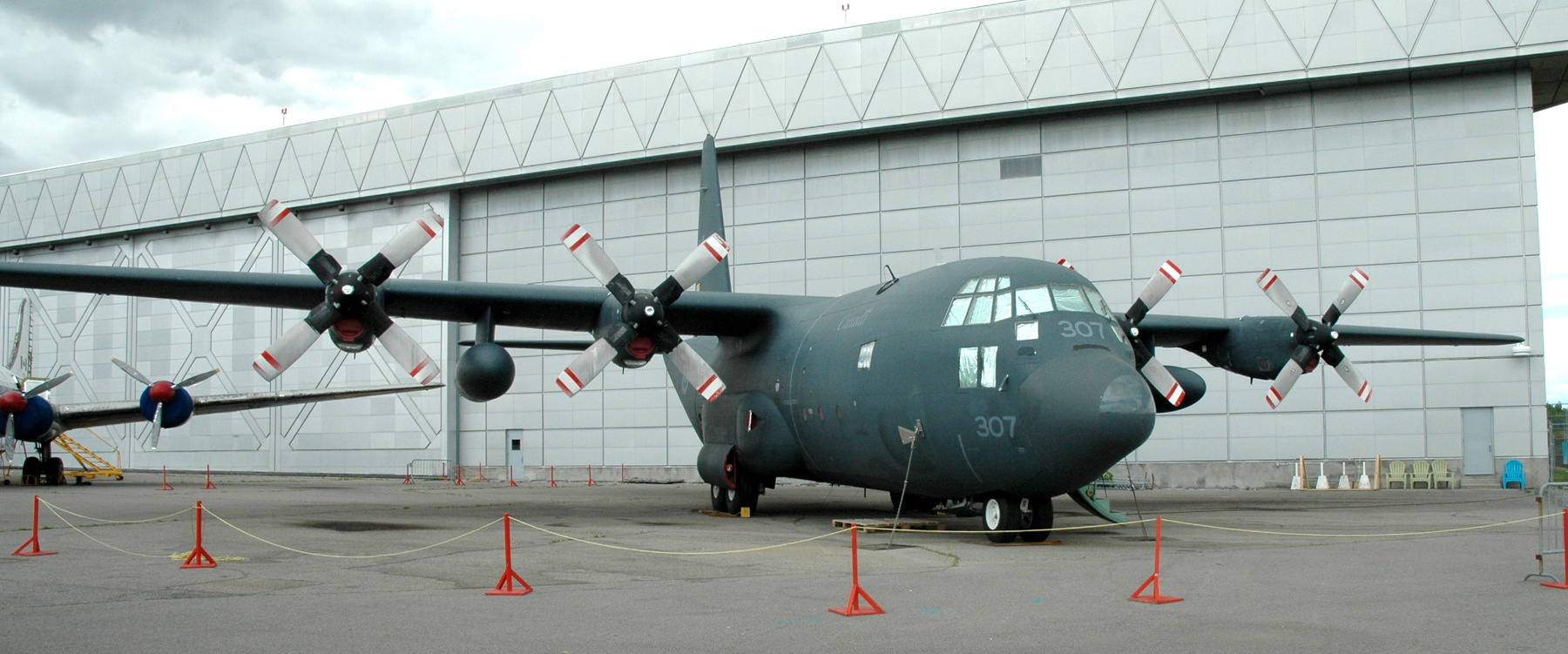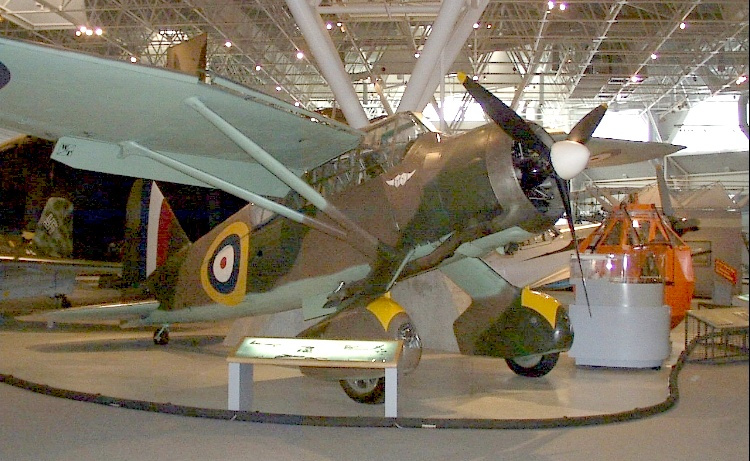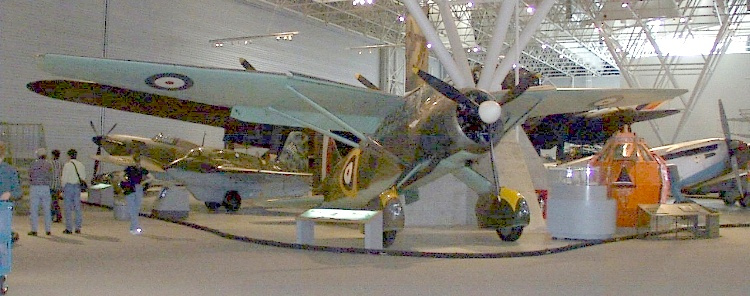Avion
Utiliser cette image
Puis-je réutiliser cette image sans autorisation? Oui
Les images sur le portail de la collection d’Ingenium ont la licence Creative Commons suivante :
Copyright Ingenium / CC BY-NC-ND (Attribution-NonCommercial 4.0 International (CC BY-NC 4.0)
ATTRIBUER CETTE IMAGE
Ingenium,
1968.0890.001
Permalien:
Ingenium diffuse cette image sous le cadre de licence Creative Commons et encourage son téléchargement et sa réutilisation à des fins non commerciales. Veuillez mentionner Ingenium et citer le numéro de l’artefact.
TÉLÉCHARGER L’IMAGEACHETER CETTE IMAGE
Cette image peut être utilisée gratuitement pour des fins non commerciales.
Pour un usage commercial, veuillez consulter nos frais de reproduction et communiquer avec nous pour acheter l’image.
- TYPE D’OBJET
- S/O
- DATE
- Inconnu
- NUMÉRO DE L’ARTEFACT
- 1968.0890.001
- FABRICANT
- Westland Aircraft Ltd.
- MODÈLE
- Westland Lysander Mk.III
- EMPLACEMENT
- Yeovil, England
Plus d’information
Renseignements généraux
- Nº de série
- S/O
- Nº de partie
- 1
- Nombre total de parties
- 1
- Ou
- S/O
- Brevets
- S/O
- Description générale
- Inconnu
Dimensions
Remarque : Cette information reflète la taille générale pour l’entreposage et ne représente pas nécessairement les véritables dimensions de l’objet.
- Longueur
- 9,2 m
- Largeur
- 15,3 m
- Hauteur
- 4,4 m
- Épaisseur
- S/O
- Poids
- S/O
- Diamètre
- S/O
- Volume
- S/O
Lexique
- Groupe
- Aviation
- Catégorie
- Aéronefs
- Sous-catégorie
- S/O
Fabricant
- Ou
- Westland
- Pays
- England
- État/province
- Inconnu
- Ville
- Yeovil
Contexte
- Pays
- Inconnu
- État/province
- Inconnu
- Période
- The Museum example is a composite made from parts of three Lysanders. It was restored as a Centennial project by the RCAF and it first flew in 1967 after restoration. The aircraft was presented to the Museum in 1968 and last flew in 1970.
- Canada
-
Inconnu - Fonction
-
Inconnu - Technique
-
The Lysander was built to a specification calling for a rugged, short-take-off-and-landing (STOL) aircraft for low-level reconnaissance and observation. Unfortunately the specification had been drawn up with First World War in mind. However excellent an airplane, the Lysander proved too vulnerable to survive modern warfare. After 1940, British Lysanders were used for search-and-rescue, and unusual missions such as flying spies in and out of the continent. Canadian-built Lysanders were used chiefly as target tugs at Canadian bombing and gunnery schools. Called the "Lizzie", the Lysander was a remarkable flying machine with excellent low-speed capabilities. A Lizzie drifting backward over the airfield as it flew slowly into a headwind was a remarkable sight at Canadian training bases. Spy delivery and pick-up flights were hazardous affairs during which jet-black Lizzies flew with ladders fixed outside and with the rear cockpits jammed with operatives. Landings took place at night in open country inside France or Belgium on improvised landing areas lit by flashlights held, it was hoped, by members of the resistance - Notes sur la région
-
Inconnu
Détails
- Marques
- S/O
- Manque
- S/O
- Fini
- Inconnu
- Décoration
- S/O
FAIRE RÉFÉRENCE À CET OBJET
Si vous souhaitez publier de l’information sur cet objet de collection, veuillez indiquer ce qui suit :
Westland Aircraft Ltd., Avion, Date inconnue, Numéro de l'artefact 1968.0890, Ingenium - Musées des sciences et de l'innovation du Canada, http://collections.ingeniumcanada.org/fr/id/1968.0890.001/
RÉTROACTION
Envoyer une question ou un commentaire sur cet artefact.
Plus comme ceci
